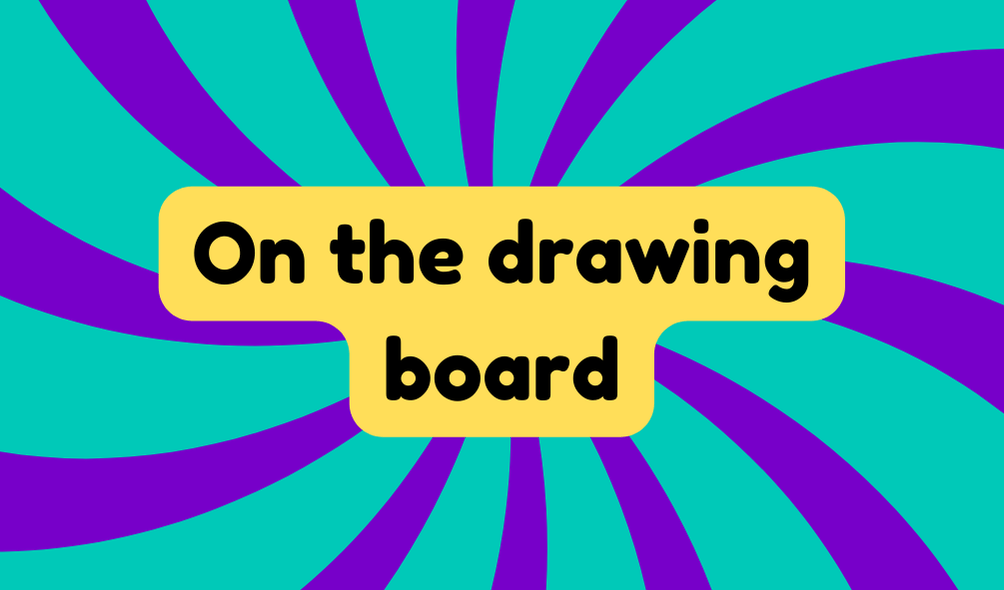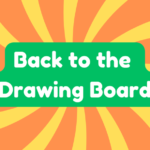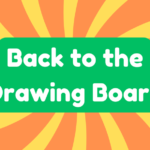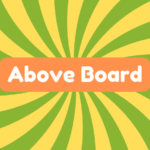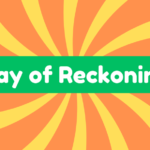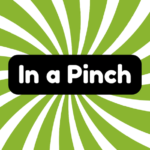When you hear "on the drawing board," it refers to ideas or projects still in the planning phase, not yet executed. This phrase originated between 1715-1725, linked to the early stages of design and drafting. For example, a new marketing campaign could be on the drawing board while it's still being fine-tuned. It's critical to realize that not all ideas make it to execution, as some get stuck in review or pending approval. Understanding this concept is essential today, especially in technology and strategic planning. You might find it interesting to explore more about its relevance and applications.
Synonyms
When discussing concepts that are "on the drawing board," you might encounter several synonyms that capture the same idea of pending development. Recognizing these terms can help you navigate the conceptual phase of project planning effectively. Here are four synonyms to reflect upon:
- Under consideration – Ideas that are being evaluated but haven't been decided yet.
- In development – Projects still in the works, requiring further refinement.
- Pending approval – Proposals that await the green light for execution.
- In review – Ideas currently being assessed, often requiring stakeholder feedback.
These terms reveal the often static nature of innovation. While they're integral to project planning, they also underscore the importance of overcoming barriers to transform concepts into actionable outcomes.
Example of Sentences
Understanding how the phrase "on the drawing board" fits into real-world scenarios can enhance your grasp of project planning. It suggests ideas aren't ready for implementation and need more attention. Here are some examples to illustrate:
- The marketing team's new campaign ideas are still on the drawing board, affecting project timelines.
- Our proposal development for the app features hasn't moved past the drawing board yet.
- The city's transit expansion is on the drawing board, sparking community interest but lacking a firm schedule.
- Several innovative concepts aimed at reducing waste are on the drawing board, waiting for serious evaluation.
Origin
The phrase "on the drawing board" commonly stems from the design and drafting stage of project development. It reflects a process where ideas undergo scrutiny and refinement, which can make or break future innovations. Historically significant, this idiomatic expression emerged between 1715 and 1725, rooted in the practical use of drawing boards, large tables essential for design work. During this phase, you assess both the benefits and drawbacks of proposals, laying the groundwork for what could potentially become actionable plans. However, just because something is on the drawing board doesn't guarantee success; many ideas can get lost in endless revisions. Understanding its origin underlines the ongoing nature of innovation, reminding you that progress often requires patience and persistent effort.
Collocations
Building on the rich history of the phrase "on the drawing board," collocations associated with it often reflect the active planning and evaluation phases of projects. Consider how these terms shape your understanding of what's ahead:
- Project proposals – Innovations often journey here before execution.
- Planning phases – A critical stage where ideas are refined.
- Under consideration – Not every idea stands the test—some will fade.
- In development – Hopeful projects awaiting resources and commitment.
While these collocations signal progress, they also hint at the uncertainty inherent in project proposals. Just because something's on the drawing board doesn't guarantee it'll come to life. Embrace both possibilities and pitfalls; innovation requires traversing this complex landscape with eyes wide open.
How to Use in Everyday Language
In conversations about projects, you might find yourself saying ideas are "on the drawing board" when discussing plans still in the works. This phrase is perfect for casual conversations where you want to emphasize that something's not quite ready yet. Here are some ways to incorporate it:
| Context | Example Sentence | Audience Reaction |
|---|---|---|
| Business Meeting | "Our marketing strategy is still on the drawing board." | Interest in project status |
| Team Brainstorming | "That concept is on the drawing board for now." | Hopeful anticipation |
| Creative Pitch | "The new app idea is on the drawing board." | Curiosity and engagement |
| Project Update | "Several initiatives remain on the drawing board." | Inquisitive follow-up questions |
| Political Debate | "Proposals for reform are currently on the drawing board." | Critical reflection |
Using this phrase can keep conversations grounded in realism while still allowing room for innovation.
Why Is It Still Relevant Today?
While the phrase "on the drawing board" may seem rooted in the past, it remains highly relevant in today's fast-paced world. With constant technological advancement, the need for iterative planning persists. You can't just plunge into a project without concept development and a solid foundation. Relevant applications of this phrase appear in business strategies, urban planning, and even environmental initiatives. Contemporary usage underscores the importance of refining ideas before execution to minimize risks and enhance outcomes. In a landscape where change is the only constant, acknowledging that some ideas are still budding is essential. This mindset fosters innovation and encourages collaboration, ensuring that brilliant concepts don't just stay stuck on the drawing board, but evolve into impactful realities.

